Detailed Report On Mineral Water Plant
A mineral water plant uses advanced technology to purify and bottle water, ensuring it meets high-quality standards. It provides safe, refreshing, and healthy drinking water through eco-friendly and efficient processes.
What is Mineral Water Plant?
Detailed Report on Mineral Water Plant is as follows.
Mineral water is described as water that contains a high concentration of dissolved minerals or gasses. Natural spring water is high in calcium carbonate, magnesium sulphate, potassium, and sodium sulphate. It can also be injected with gases such as carbon dioxide and hydrogen sulphide. To produce mineral water, distilled water is artificially aerated with carbon dioxide or salts. The mineral content of natural and manufactured mineral water varies greatly, and in some cases is lower than that of conventional tap water.
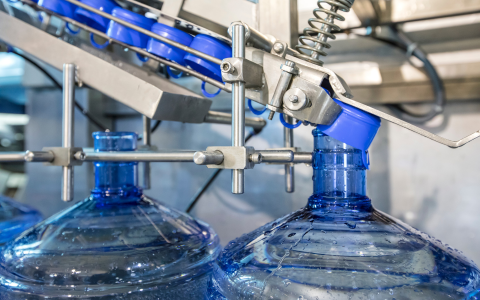
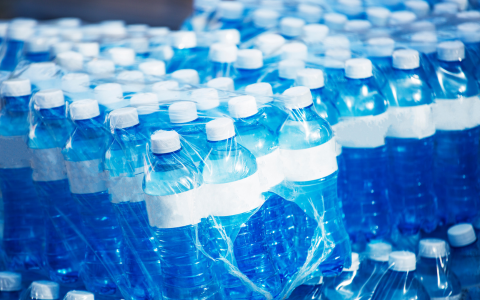
The mineral water plant method consists of diverting and aerating water to eliminate gases and contaminants, followed by primary filtering with quartz sand and activated carbon. The water is subsequently sanitized using ozone or ultraviolet radiation. Finally, it is placed in sterile containers, packed, examined, and stored.
Mineral water plants require water from natural sources, such as mountains and springs. Such water contains minerals that provide a variety of health benefits for people. Mineral water typically contains calcium, sodium, potassium, magnesium, and other minerals. The demand for mineral water is at an all-time high. In contrast to ordinary potable water, many people today choose mineral water due to its superior cleanliness and hygiene.

Detailed Report Sample On Mineral Water Plant
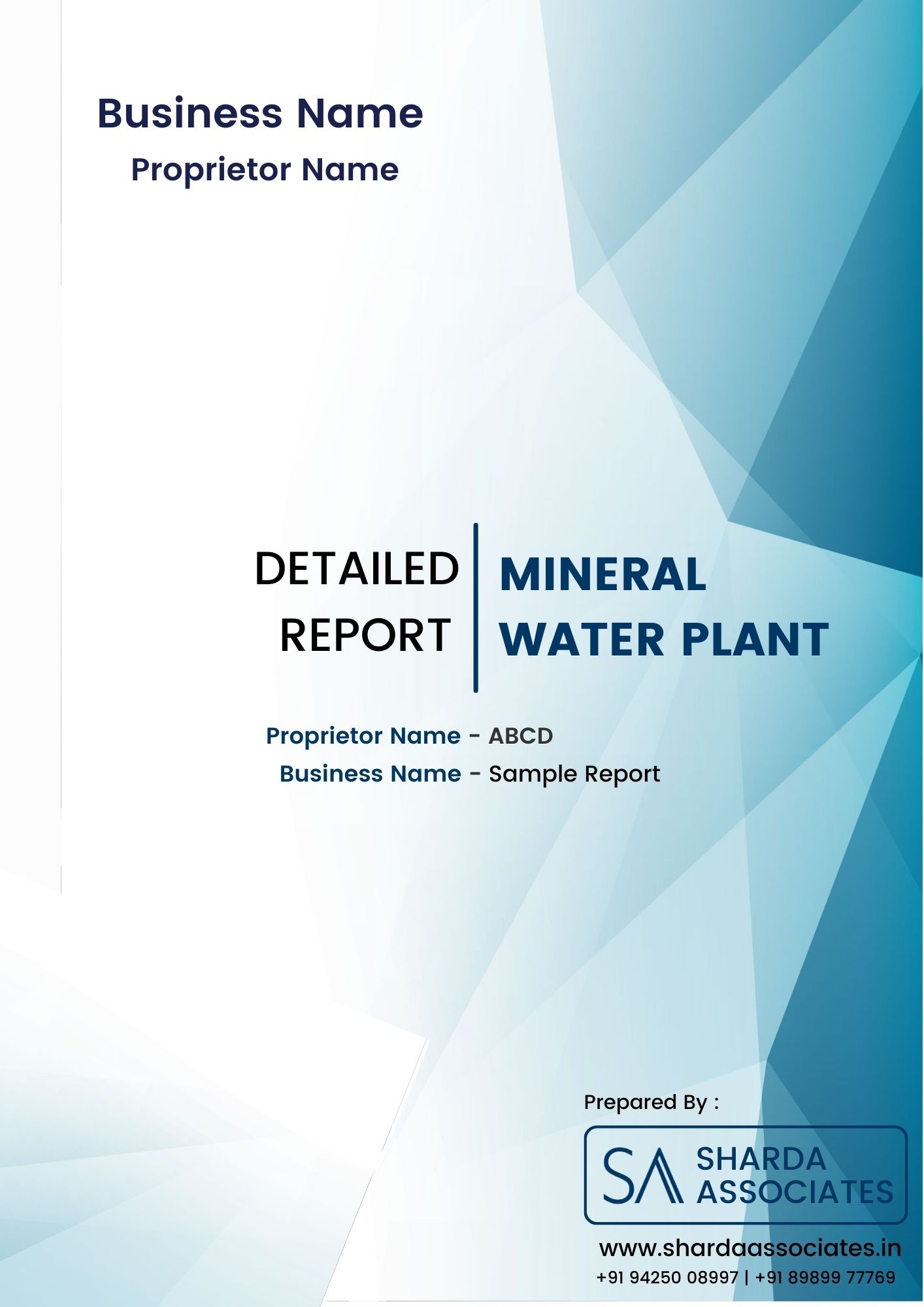
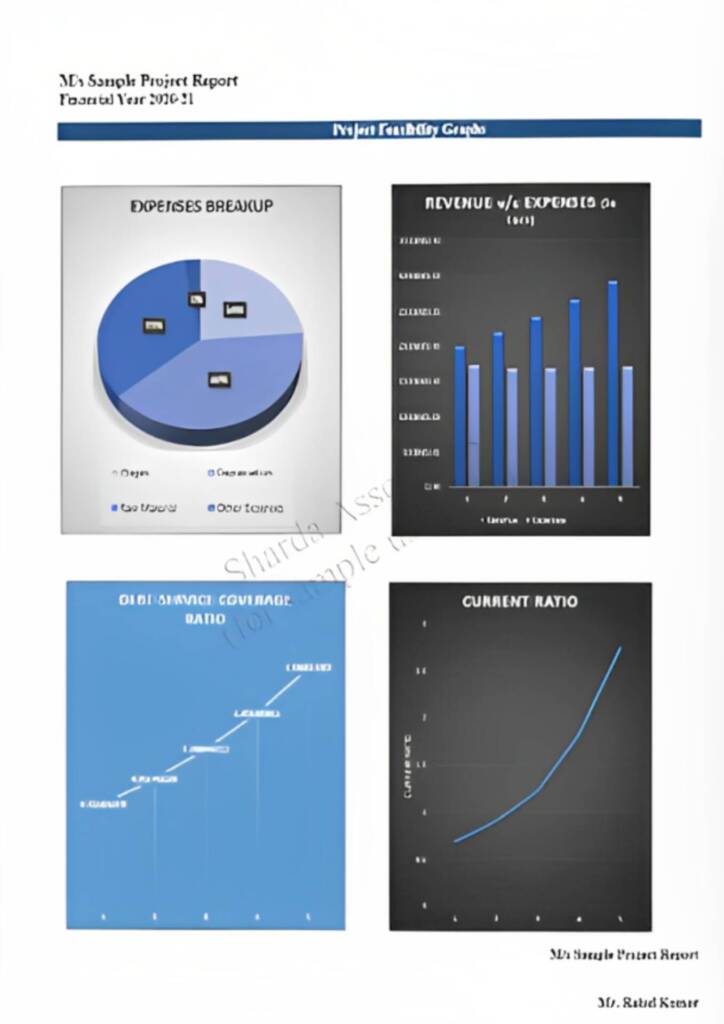
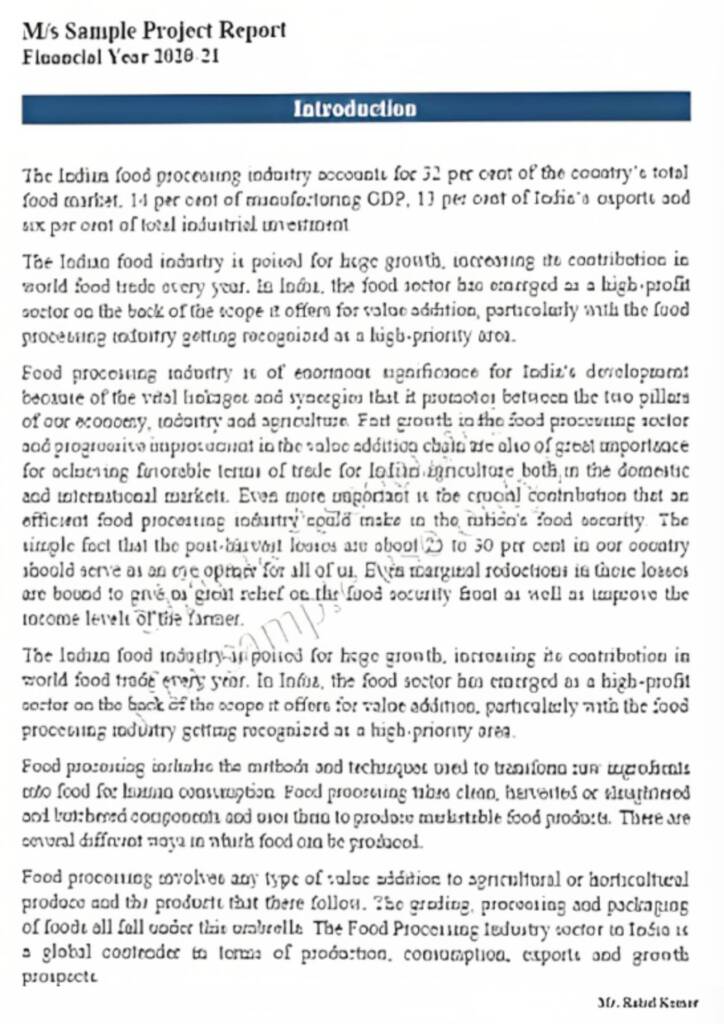
Market Potential Of Mineral Water Plant
The global mineral water bottles market, anticipated to be worth USD 283 billion in 2021, is expected to grow from USD 308.1 billion in 2022 to USD 509.2 billion by 2030, with a 7% CAGR over the forecast period (2023-2030).
The increased demand for mineral water affects the entire supply chain, putting additional strain on the current plant to raise output. This growing demand is motivating new businesses to establish mineral water plants throughout India. The beauty of this business concept is that it does not demand a huge initial investment while promising long-term success for the owner.
The need for clean drinking water is increasing due to limited availability in some areas, which is driving product sales and market growth. According to the International Bottled Water Association (IBWA), firms have enhanced their manufacturing capacities to meet the increased demand for bottled water in 2020. This requires increasing bottling capacity, procuring additional production and packaging materials, and discussing with merchants on demand. As people prioritize their health and fitness, the trend of nutrient-fortified water is growing more popular.
Contents of Project Report
A project report helps you identify whether a project is worth pursuing. It presents the holistic view and brings complete insight of the business and its activity.
It acts as a guide for all the business operations, aids in taking all financial decisions related to the existing businesses and to the start-ups. It serves as roadmap to the business and provides information to the outsider who are wanting to know more about the business.
You will have the opportunity to build new goals and expansion ideas in one single document. Everyone, from the banks to potential investors, will need to have a look at the project report before they shell out any money.
A well drafted project report generally consists details about:
- Brief History of the Business
- The Promoters
- SWOT Analysis
- Industry Outlook
- Past Financial Statements
- Projected Financial Statements
- Infrastructure and Human Resource required
- CMA data
- Business model
- Requirement of Working Capital Funds
- Means of Finance
Other relevant information, if any.
